Homeostasis - How our body works
G’day team,
Preamble – Skip to get started on homeostasis
When I sat down a couple of days ago to write a post about the genetics of breast cancer, I didn’t see myself here a few days later. But as I started writing I began running into a few problems. You see, it’s really hard to describe the genetics of breast cancer without first understanding what breast cancer is. Then I realised it’s hard to describe any cancer without explaining cellular changes such as dysplasia and neoplasia. … and on it went.
So I’ve decided to start at the beginning, and I think homeostasis is a great place to start. From here I will build a litany of posts which I can reference back to in the future when I start addressing more difficult topics.
Homeostasis – An Intro
Is it just me or is it getting hot in here? Time to turn down the thermostat!
BAM
You’ve just nailed homeostasis (and negative feedback).
And that's it! It's just a method of keeping things in a comfortable range, but when it works in our body it's controlling a multitude of hormonal, neural and metabolic systems which control almost every aspect of our biological make-up.
But let’s take a step back.
As with so many things in biology, the word homeostasis completely betrays what it means. Derived from the greek term homoios, meaning ‘like’ (as in those two apples are much alike), and the English term stasis, meaning… well, stasis. Together we get can essentially translate to ”like-stasis” or like-still.
And this is what homeostasis is. It’s a term that encompasses all of the mechanisms that our body uses to regulate its internal environment. That means when we’re getting hot, our body will try to cool us down. It means that when our muscles run out of oxygen, we breathe harder. When the levels of sugar in our blood drop, we convert fat to glucose and when we’re dehydrated we seek water.
In essence homeostasis refers to all the mechanisms that are built into our body, that allow it to operate at peak performance in different environments. But if we delve a little deeper, things get a little more complicated, and a lot more interesting.
What is Negative Feedback
If we refer back to the thermostat example above (one used in probably every biology textbook this century) then we see a great example of homeostasis operating by negative feedback.
A thermostat works fairly simply. Say you want your room to be 18 degree (Celsius because we’re talking science here) but it’s cold outside. You turn your heater on and it begins to warm your room… 10 degrees, 12 degrees and so on till it’s 18 degrees. Now a sensor in your thermostat senses that the room is now at 18 degrees, it’s job is done and it switches off the heater!
Now the temperature begins to drop and eventually it reaches 16 degrees, the sensor picks this up and turns your heater back on, once again bringing the room up to 18 degrees.
And this is how negative feedback works.
A system illicit a change, and when that change has occurred a mechanism feeds back negatively (to stop) that system. Negative feedback is not perfect, it is best at controlling things within a range. You’ll never get your simple thermostat and heater combination to hover the room at exactly 18 degrees, but you can get close enough to keep you happy.
And this is how our body works.
So, an example.
Control of blood sugar occurs by a number of very complex and interwoven mechanisms, but if we simplify it to just one hormone (for the time being) we have a great example of negative feedback.
When the levels of sugar (glucose) in our blood get too high our body seeks to reduce them using a hormone called insulin. Now insulin does many things, but one of the things it does really well is tell muscle and fat cells to take up blood glucose. When our cells take glucose from our blood then our blood glucose levels drop. Once we’re back within a normal blood glucose range this is sensed by the cells in our pancreas that release insulin, and they stop working.
This is shown clearly on the (simplified) image below. Note that the three meal times correlate with a spike in blood (plasma) glucose. Also not that shortly after blood glucose levels begin to rise, so do blood insulin levels, and shortly after the blood glucose levels fall within a normal range.
What do we Control
So there we have it. Negative feedback is the principle mechanism through which the human body accomplishes homeostasis. But you’ll be surprised to know just how many of our bodies systems are regulated this way.
Below I’ve thrown together some explanations for just a few of the vital homeostatic mechanisms that are keeping us all alive every day.
Please note that none of these diagrams are mine, and sources are referenced below each image.
Blood Glucose
Insulin and glucagon work to keep blood glucose (sugar) levels in equilibrium. When blood glucose levels are high, insulin is released, resulting in adipose (fat) and muscle brining more glucose in. When blood glucose levels are low glucagon is released, which promotes the breakdown of fats into glucose and the release into the blood
Blood Pressure
Control of blood pressure involved control of both the heart and the total volume of circulating blood. We control the rate and strength of heart contractions through hormones and the nervous system, we control the volume of blood in our body through regulating how much is filtered out by the kidneys
Blood pH
Blood pH is controlled largely by controlling the levels of CO2 disolved in the blood. This is namely because CO2 forms a weak acid when it’s dissolved in the water in our blood (CO2 + H2O -> HCO3- + H+). As such the principle mechanism through which the pH of the blood is controlled is via breathing!
Blood Sodium/ Potassium Levels
Blood Sodium/ Potassium levels work largely inversely to each-other. When one is high the other is low, and visa-versa. This occurs for two reasons. The first is that sodium is the principle extracellular ion of the body, while potassium is the principle intracellular ion. The second is that the ion channels in the kidney responsible for controlling urine concentration are what we call sodium/ potassium antiports. They work by pumping sodium and potassium in OPPOSITE directions, and as such their concentrations are always controlled inversely. Control of sodium and potassium is namely via the Renin-Angiotensin-Aldosterone system outlined below
Blood Calcium/ Phosphate
Like sodium and potassium, blood concentrations of calcium and phosphate are generally controlled inversely. When we desire more calcium in the body we re-absorb it from the bones, but also pump more phosphate out of the blood in order to free up any calcium being stored as CaPO4.
Body Temperature
While the body has many mechanisms to control our body temperature the whole show is regulated in a part of the brain called the hypothalamus. It’s here that our internal thermostat monitors our body temperature and makes adjustments when needed.
Oestrogen & Testosterone Levels
These are, not surprisingly, controlled via very similar mechanisms in men and women. Notably it’s the hormone that controls the release of oestrogen/ testosterone (primarily FSH) that feeds back to be negatively controlled. And of course during different periods in the female menstrual cycle these feedback mechanisms are altered in order to allow for menstruation.
That’s it!
So that’s it. That’s how your body keeps its cells happy and healthy which is always good news for you!
Thanks team!
-tfc
My Recent Posts
Hi, I'm Tom! (My life of medicine, science and fantasy)
Hydatidiform Mole – When Pregnancy Goes Wrong
Tags - Top 20 Profitable, Engaging and Popular tags
New Years Resolutions - How to set goals, and achieve them
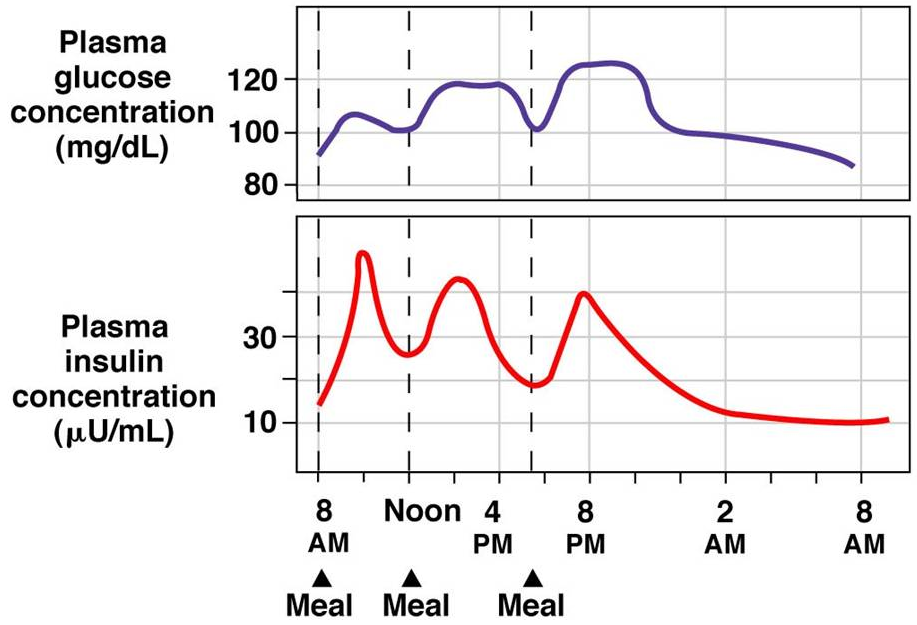

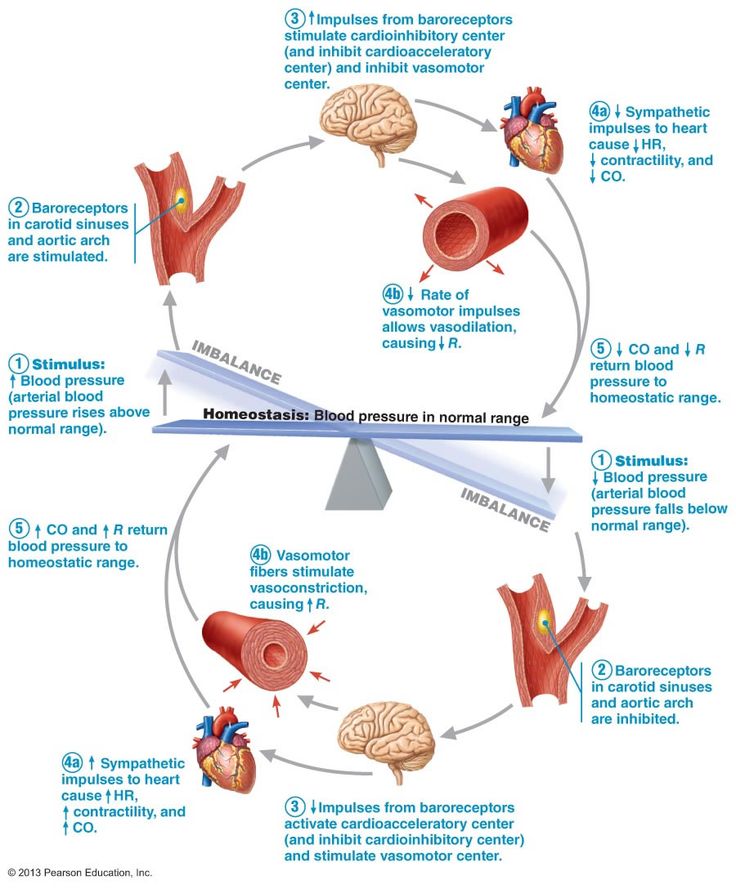
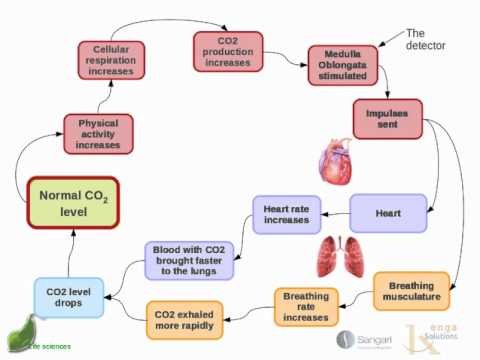
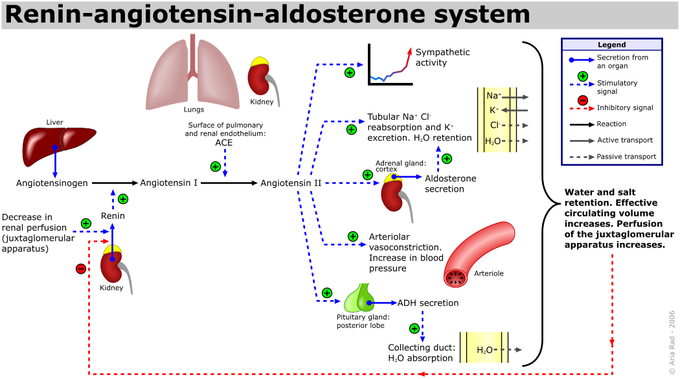
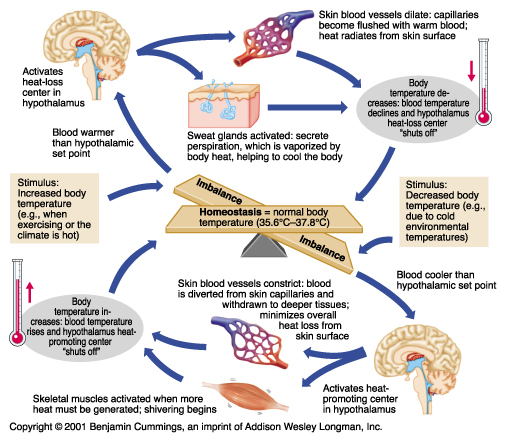
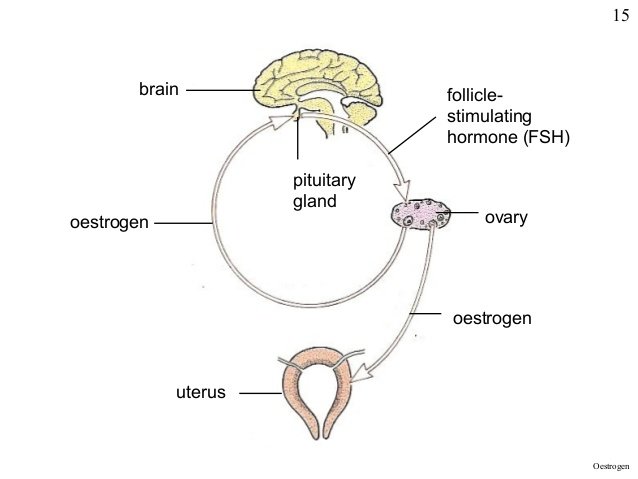
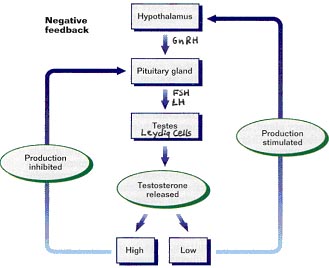
looks like a very nice post, I'll come back later to read it ;-)
@OriginalWorks
Thanks, hope it's up to scratch :P
This is a very thorough and well written post. Great idea starting with the basics, this post takes me back to chapter 1 of all those anatomy and health science textbooks that I have lying around collecting dust. Look forward to your posts getting more in depth and advanced. I think our content is of a similar style and structure and I think you’ll like my stuff. All the best ✌🏼
Thanks very much! Yeah I was really excited to jump in to the deep end but I don't think it's fair to any reader, plus it was fun going back to basics again!
I'll pop by and have a look :)